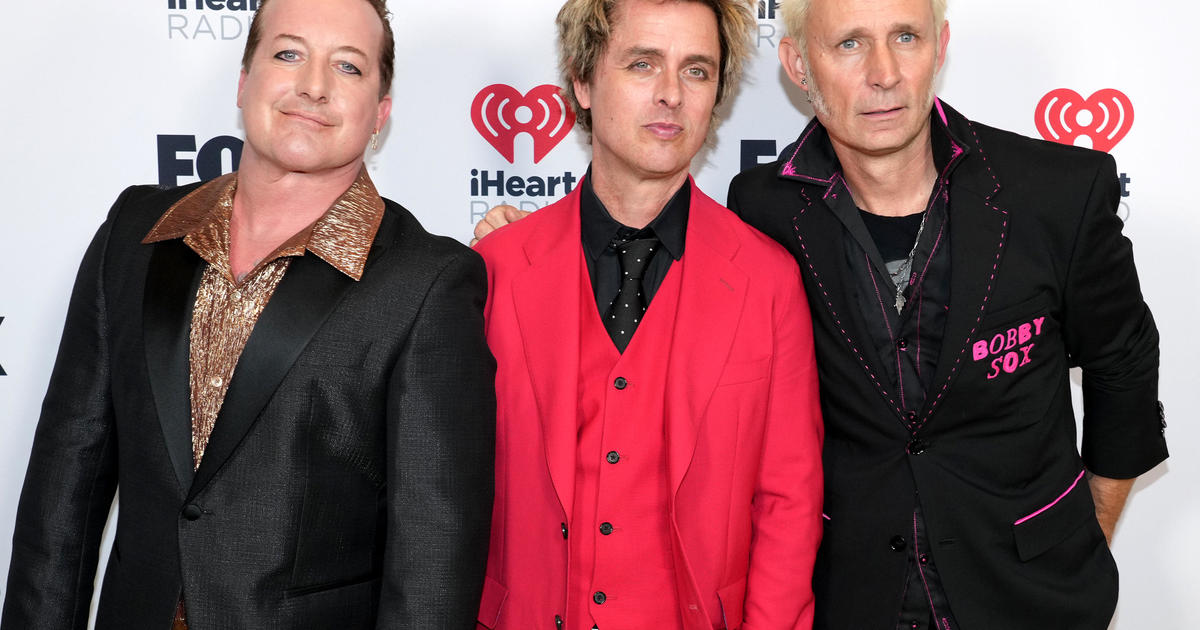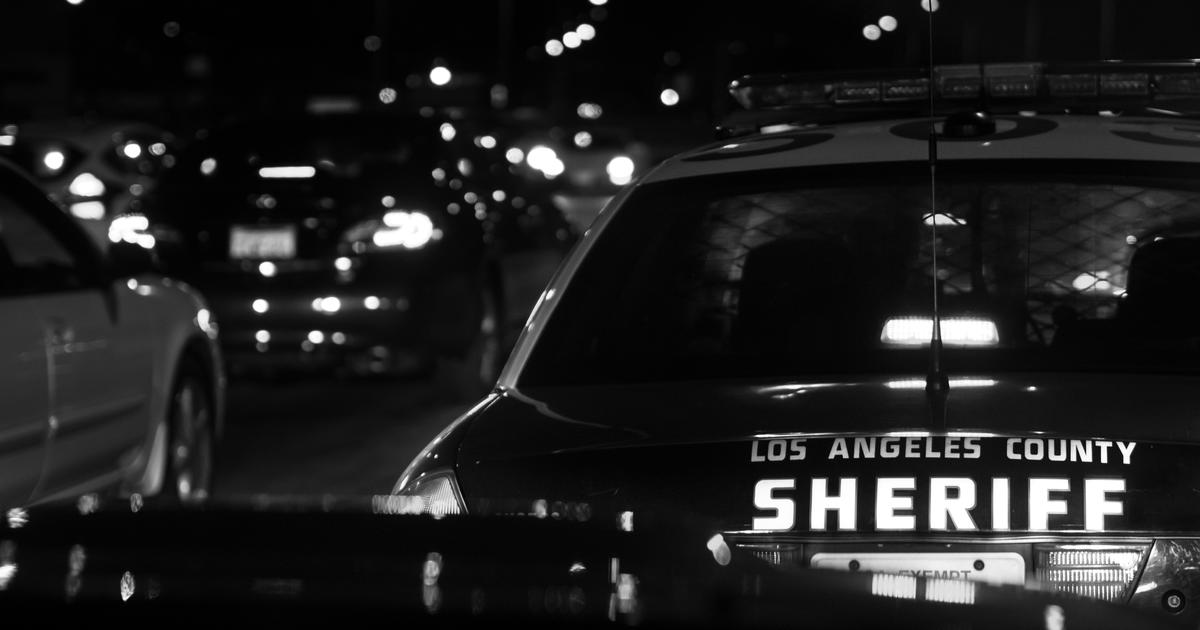Griffith Observatory Stays Open Late For 'Blood Moon' Eclipse
LOS ANGELES (CBSLA.com) — Angelenos who wished to see the moon turn to "blood" Monday headed for the hills.
The Griffith Observatory kept its doors open late for the total lunar eclipse, which occurs when the Moon passes into the shadow cast by the Earth.
The sight of the round disk of the full moon slowly moving into our planet's shadow became visible to the unaided eye throughout the Southland around 11 p.m., though some used telescopes or binoculars to enhance the view, according to observatory officials.
As the moon grew dimmer, it did not become completely dark, but instead glowed with a faint copper or reddish color, a result of sunlight being filtered and bent through the Earth's atmosphere, much like a sunset. This effect is often referred to by skywatchers as a "blood moon."
Tonight's lunar eclipse marks the first of four successive total lunar eclipses — a series known as a tetrad, according to NASA's website. Tetrads are relatively rare, with only fifty-five tetrads recorded since 1 AD, according to NASA.
Astronomer Bob Berman told CBS News Monday's sighting may have been especially awe-inspiring with the blue star Spica and Mars nearby.
"Seeing that blue bright star next to the red eclipsed moon, and some distance away to the right of the moon will be orange Mars, that's an unusually pretty eclipse," Berman said.
The best time to see the moon was estimated to be around midnight — when it would becomeeclipsed — through about 1 a.m., according to observatory officials.
The Griffith Observatory opened from 7 p.m., and was scheduled to remain open through about 2 a.m. for public viewing.
The eclipse was also streamed for live viewing online at the Griffith Observatory website.



